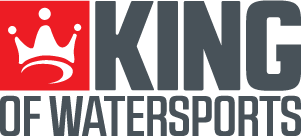Kitesurf Getting Started Guide
Why do you want to learn to kitesurf?
According to The Times, “Kitesurfing is the new golf”. A worldwide watersport, kitesurfing is not as out-of-reach as it may seem and you don’t need to be a daredevil to give it a try. The kite community is well established, with expert teachers, and great places to buy or hire kit almost anywhere on the globe.
Do you need to be physically strong to kite surf?
Kitesurfing is completely scalable, the bigger you are the bigger your kite is, simples as that. Some of the world’s best kitesurfers started as young as 8 on tiny kites, they could be kiting in the same weather as a big guy on a much larger kite - when you are harnessing the wind it's only the size of the kite you chose that makes a difference. As a sport it is accessible to everyone, big and small.
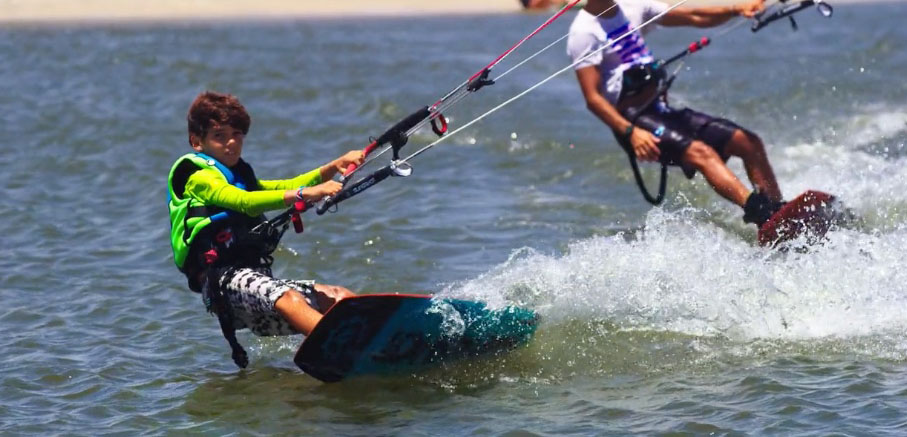
HOW FIT DO YOU NEED TO BE TO KITESURF?
The hardest part is learning to kitesurf, getting the hang of the kite and body dragging can be a little strenuous on your body for a couple of days but once you get the hang of it, it’s smooth sailing. Kitesurfing is actually a great workout, legs, arms, core - it’s a great way to keep fit, even later in life - check out Richard Branson!
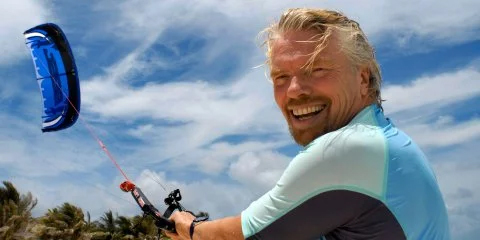
Do I need to take kitesurfing lessons?
We would definitely recommend you take some lessons - for your own safety and for the safety of others who are out on the water with you. There are a few basic principals that you really need to understand to stop yourself getting seriously hurt on the water. It usually takes a short two day course to master these and get the hang of the kite, perhaps even a short ride on the board.
My first kitesurfing set up - what do I need?
So you’ve had your lessons and are ready to practice your new kitesurfing skills at every opportunity. This is the kitesurfing kit list for your first year on the water from the experts at King of Watersports.
- Essentials
- Kite and Lines
The kite is an essential bit of kit when it comes to kitesurfing. We would recommend getting a couple of sizes to start with, a bigger kite for light wind and a smaller kite for stronger wind. We would recommend sticking with the same brand for both sizes, so you have one bar between the two and can get comfortable with your chosen kite.
- Kite and Lines
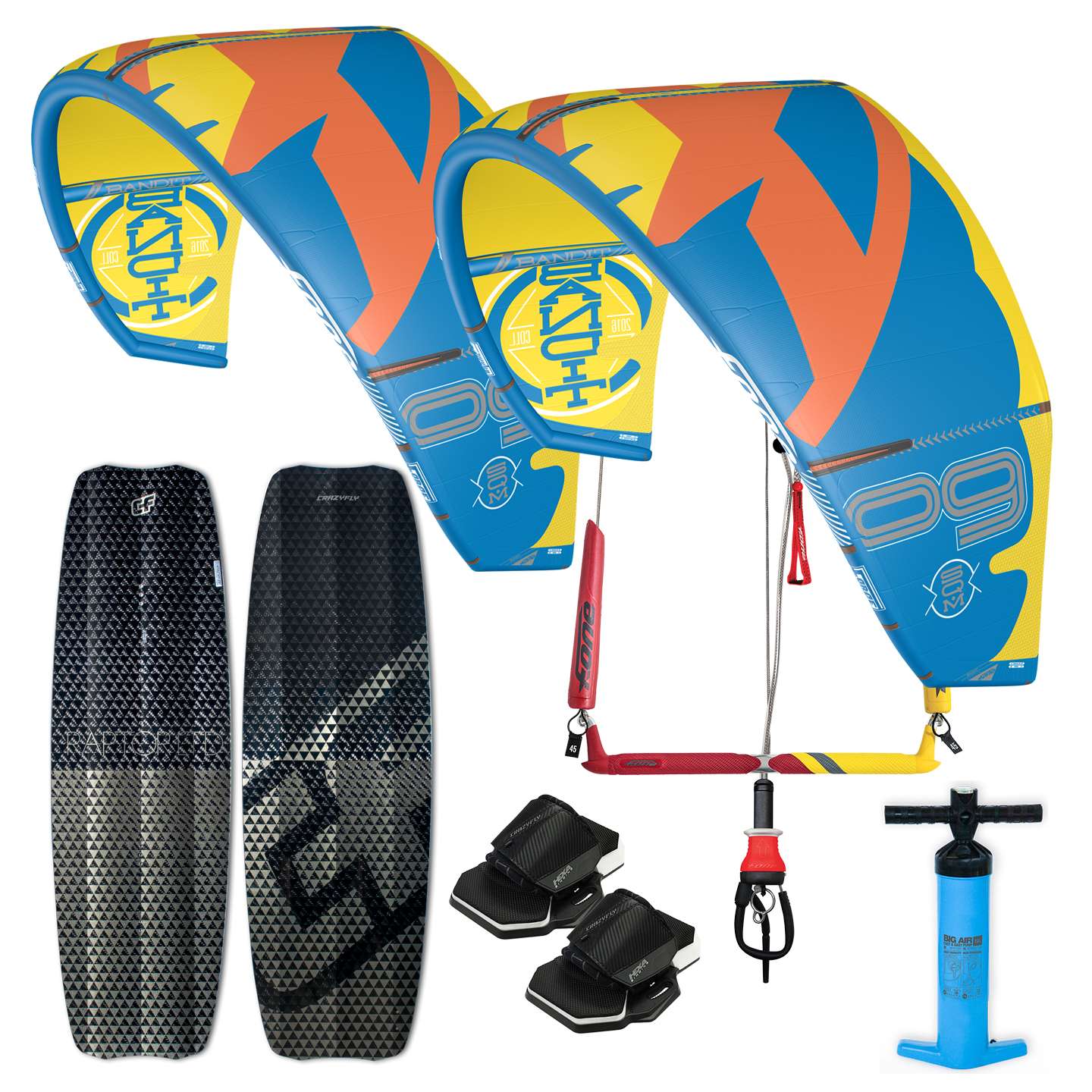
-
- Kiteboards
The beginner kiteboard usually has a little more surface area than the more advanced boards. Not enough to make it clumsy on the water, but enough to give that little extra lift when you are practicing your water starts and learning how to go up wind. - Harness
Every kitesurfer needs a harness, this attaches the kite to your body so the pull is from your core rather than risking wrenching your arms off. Harnesses come in all shapes and sizes, many beginners start with a seat harness, this is perfect for lift and comfort in those early days but you may tire of it quite quickly as it could restrict your progression. Your other option is a waist harness, this attaches around your middle and means the kite pulls from your navel. During your first few sessions, you may find that a waist harness sits high up, this is simply because as a new kiter you tend to let the kite sit a little higher in the sky, rather than low down at the edge of the wind window. A waist harness is a great option and means that you won’t be tempted to replace it as you would with a seat harness. If you decide to go for a waist harness, we would recommend you stick with it through your first couple of sessions and it will be more comfortable every time you hit the water and become more comfortable holding your kite lower in the sky.
- Kiteboards
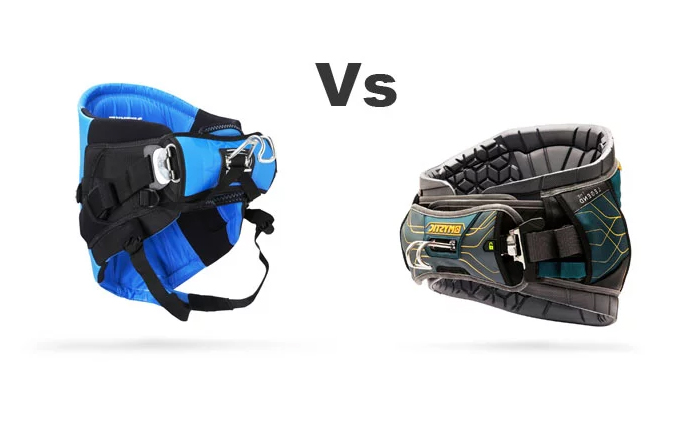
-
- Wetsuit
You need a warm wetsuit for kitesurfing, dipping in and out of the water, mixed with the windchill you get when cruising along definitely makes a good wetsuit worth it. O’Neill have advanced techno butter neoprene which hold pockets of air for added insulation while keeping you toasty warm. Prolimit, NP, and Mystic are all specifically made for wind sports, many of these wetsuits have an added panel of smooth, windproof neoprene on the chest to give added warmth. The 5/3 or 4/3 refers to the thickness of the Neoprene. A 5/3 is considered to be a winter thickness, this should take you into the coldest UK months and it is worth taking note of extra features such as sealed seams. We know it is a little confusing with all those options, our team are always on hand to help you pick your perfect wetsuit.
- Wetsuit
- Non-Essentials
- Gloves
Are you surprised gloves are on the “non-essentials” list? This is because it is best to try to go without if possible. When you are learning, it is really important to get a feeling for the bar to work out how the kite is moving while you are trying to get your board on. Wetsuit gloves can limit the amount of feeling you get through the bar. Saying that, they are pretty essential in the depths of winter - we will let you decide. - Boots
Like the gloves, it is great to maintain a little feeling in your feet so that you can wriggle into your foot straps while checking the kite isn’t about to launch you into next year. Feet are mostly wrapped up in foot straps anyway, it’s just walking across the pebbly beach you will have to put up with. - Poncho
Non-essential but a whole world of convenience when trying to whip off your wetsuit on a cold windy beach and avoid being arrested for indecent exposure!
- Gloves
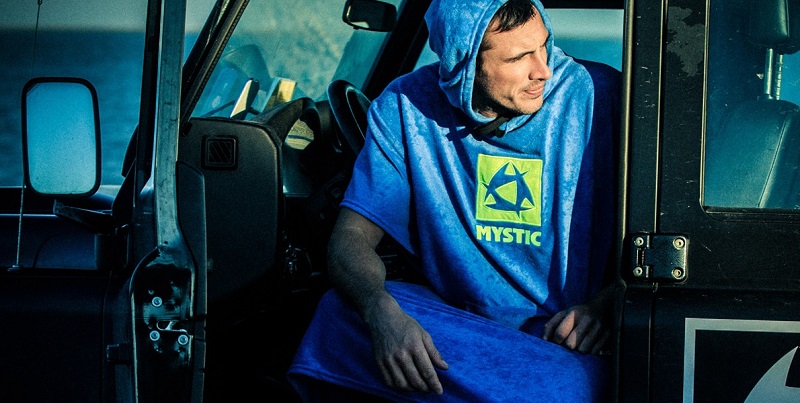
- Luxury
- Woo
Tech lover? Addicted to your fitness tracker? The Woo is a fitness tracker for the board rider, you can track your progression from one kite session to the next. You can share your kite sessions with your friends, set yourself goals and challenge any other kitesurfers.
- Woo
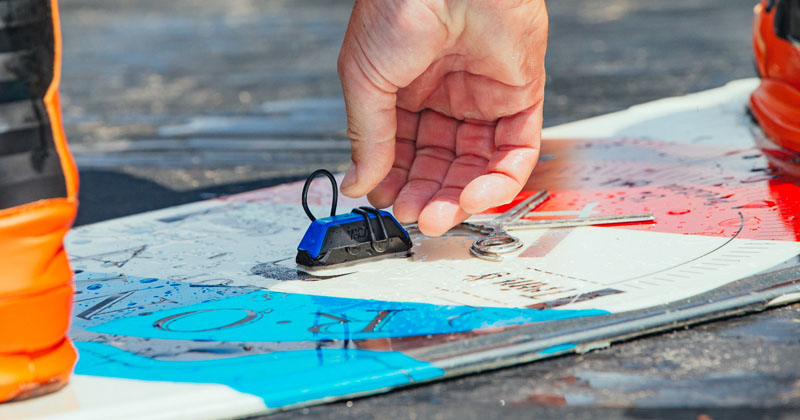
Need a little help?
The team at King of Watersports are weathered kitesurfers, they know the best boards, kites and wetsuits to get you started. We want you to love the sport and enjoy your time on the water as much as we do - give us a bell if you need a helping hand 01202 763 675 or pop Alex or Ollie an email on [email protected]
